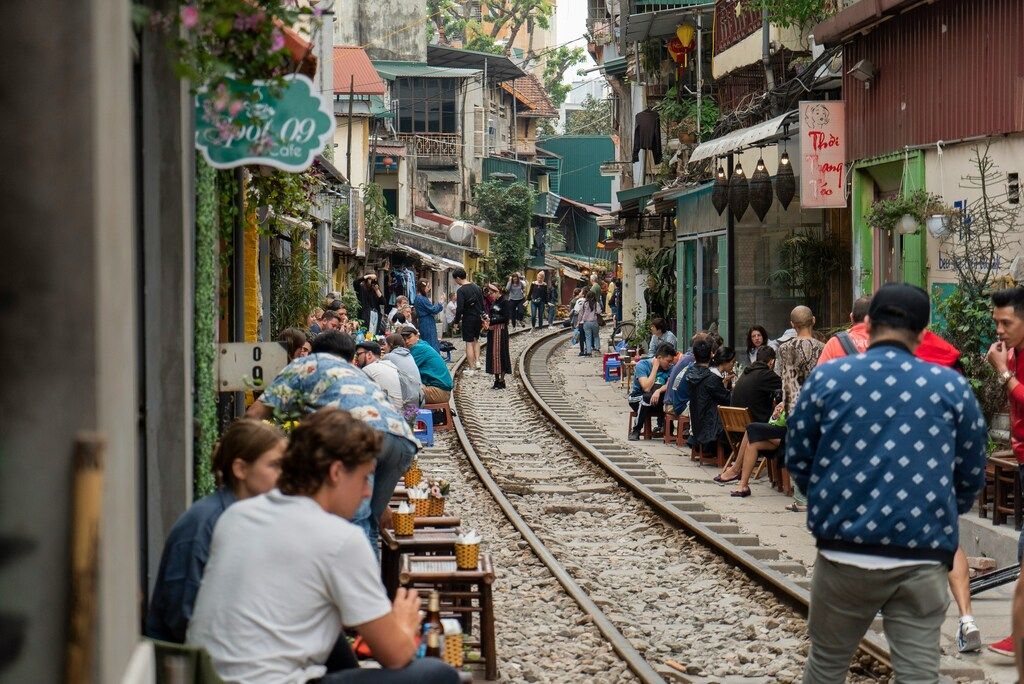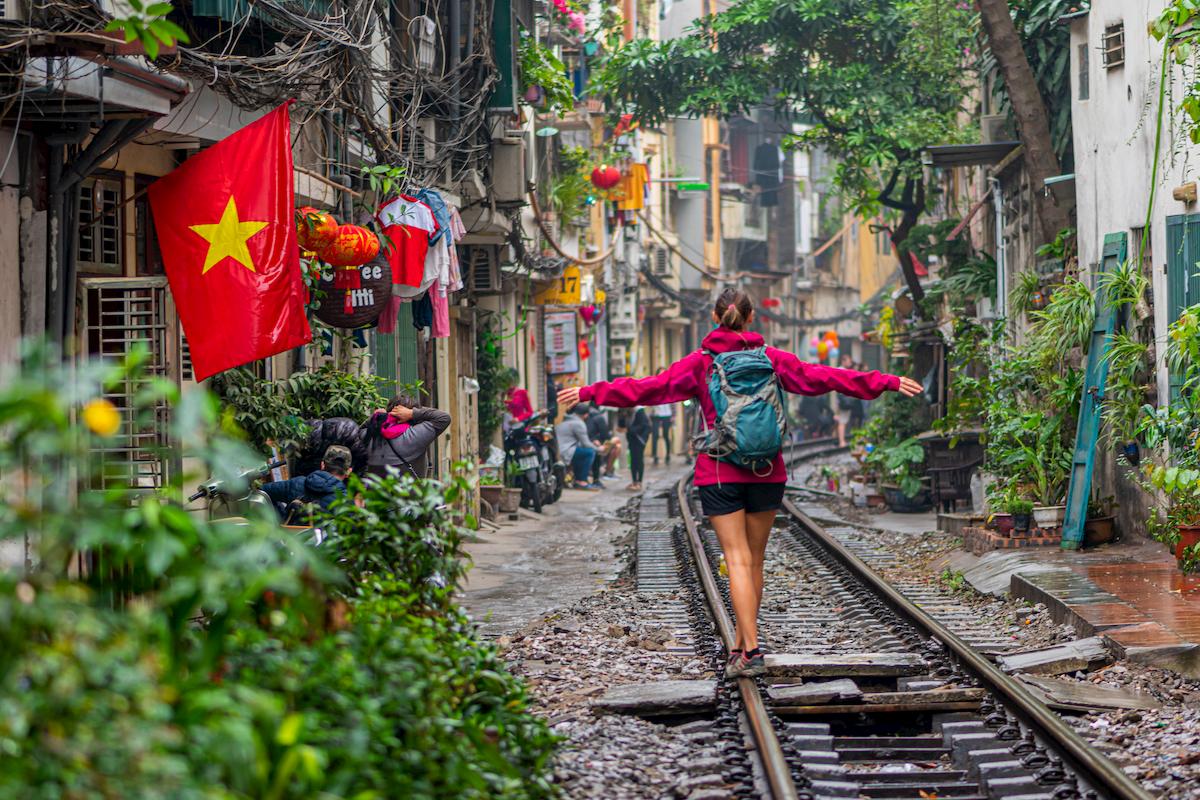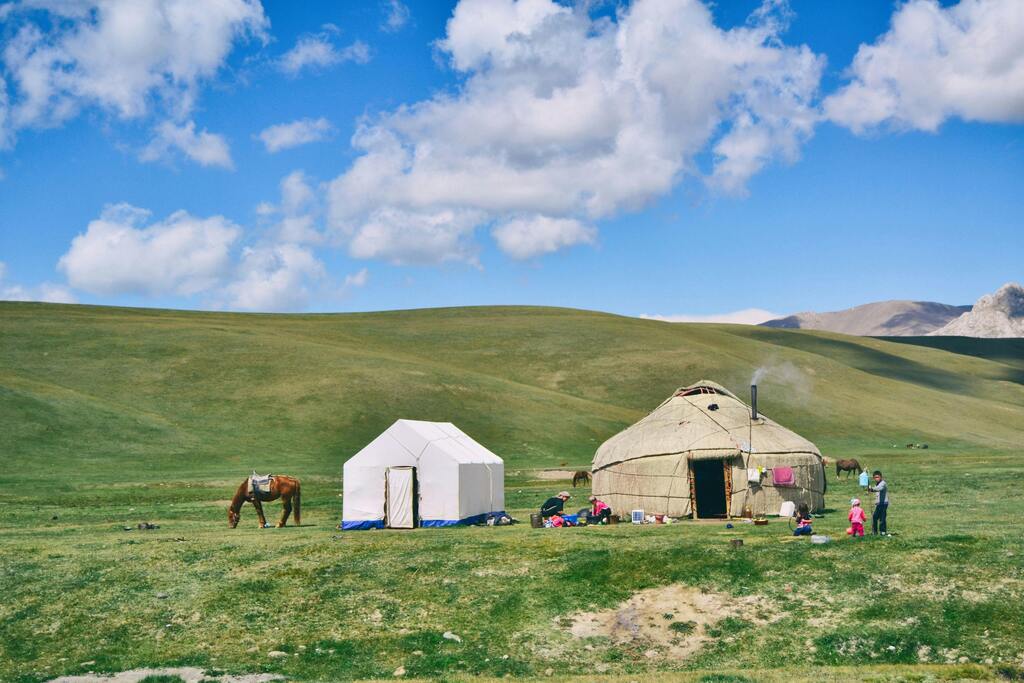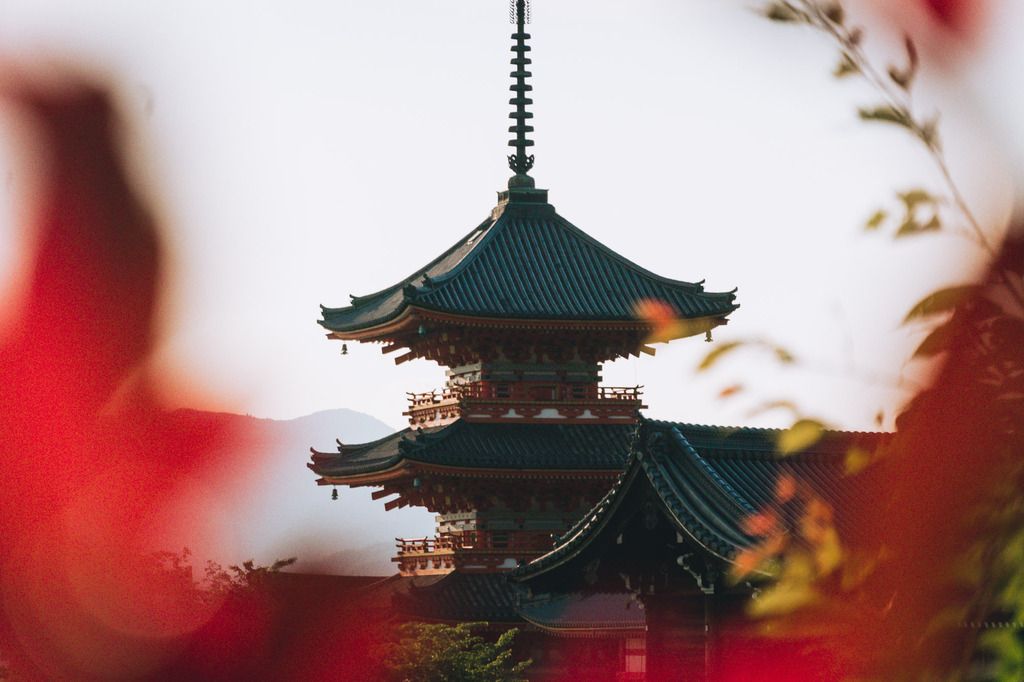

The world is full of adventures, but not every destination feels equally reassuring. The good news? Many places don’t just welcome visitors — they surround them with security, warmth, and efficiency.
This guide is designed to help you step confidently into your next journey. We’ll spotlight the safest countries in the world for 2025 — destinations chosen not only for their rankings but also for the peace of mind they provide. Backed by data, local insight, and on-the-ground tips, you’ll finish this article knowing exactly where to travel for a worry-free experience this year.
How we define safety: beyond headlines and statistics
Safety isn’t one-dimensional — it’s a mix of measurable data and lived experience. For this guide, we drew on broad-based indices like the Global Peace Index 2025, alongside more specific ratings on health risks, healthcare capabilities, political stability, infrastructure, and destination security.
Yes, crime statistics matter, but we also considered softer factors such as public attitudes towards foreigners, inclusivity, quality of public spaces, and resilience to climate-related disruptions.
That’s why a country with low violent crime but unreliable healthcare or failing transport won’t rank as high as a destination that combines safety, accessible medical care, reliable transport, and a strong culture of hospitality. The safest countries to visit this year balance low crime, high government stability, solid healthcare, efficient infrastructure, and resilience to challenges.
The safest countries for travel in 2025: a world of options
Planning your next trip and looking for peace of mind? Here’s a look at the safest countries to explore in 2025, where security meets adventure.
Iceland: the world’s most peaceful country
Iceland has topped the Peace Index for over a decade. Violent crime is virtually non-existent, emergency services reach even remote areas, and locals are welcoming.
But safety here is also about feeling at ease: stopping on a quiet road to watch the Northern Lights or entering a café and being treated like a friend. Add black sand beaches, geothermal pools, and walkable glaciers, and you get a destination that feels adventurous yet secure.
If you want to share the adventure with like-minded travelers, joining group trips in Iceland is a great way to experience the country’s beauty together and create lasting memories.
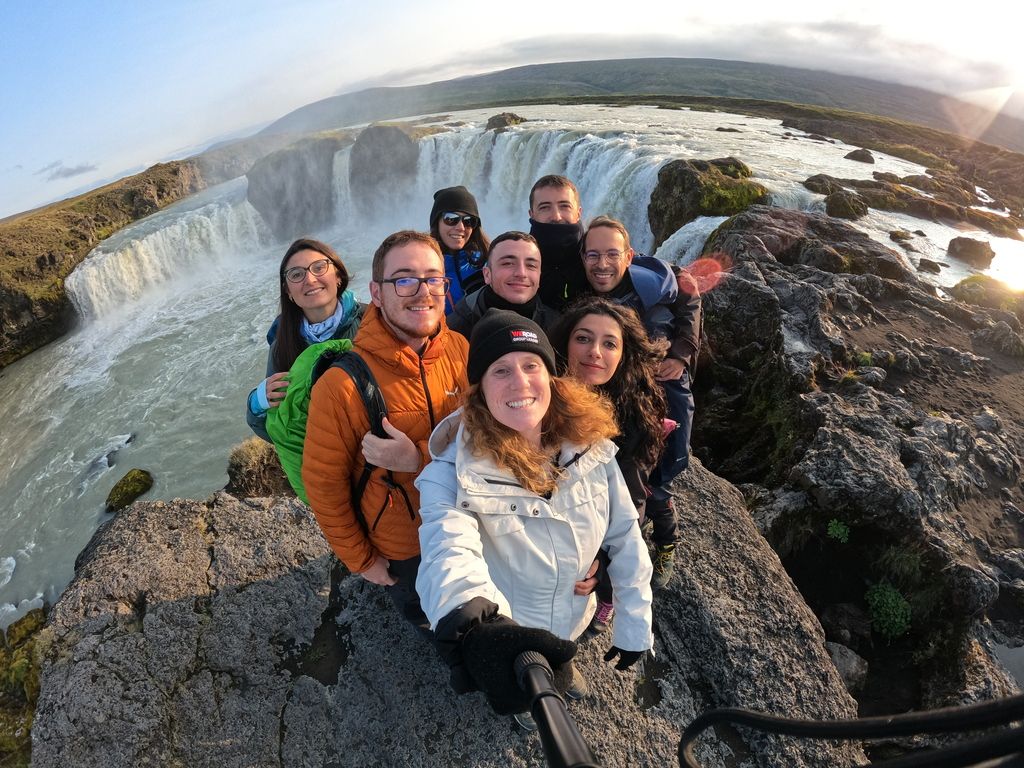
New Zealand: pristine nature and welcoming locals
New Zealand is stability wrapped in fun. Low crime rates, reliable emergency services, and a community-focused culture with a strong sense of equity make it an appealing choice for an adventure holiday without inherent dangers.
Stick to well-signposted tracks, respect the weather and terrain, and you can depend on a national system of volunteer and professional search and rescue and health infrastructure open to all.
Small towns give road tripping itinerants a warm, fuzzy feeling. Your fellow citizens will come to the rescue, you can read the signs, and the camping sites are safe. And there’s plenty of support for outdoor travel; if you’re kayaking the Abel Tasman or hiking the Tongariro Crossing, expect your adventure to be well supported with guides and safety messages.
If travelling with others appeals to you, a group trip to New Zealand combines breathtaking landscapes with the joy of shared adventure.
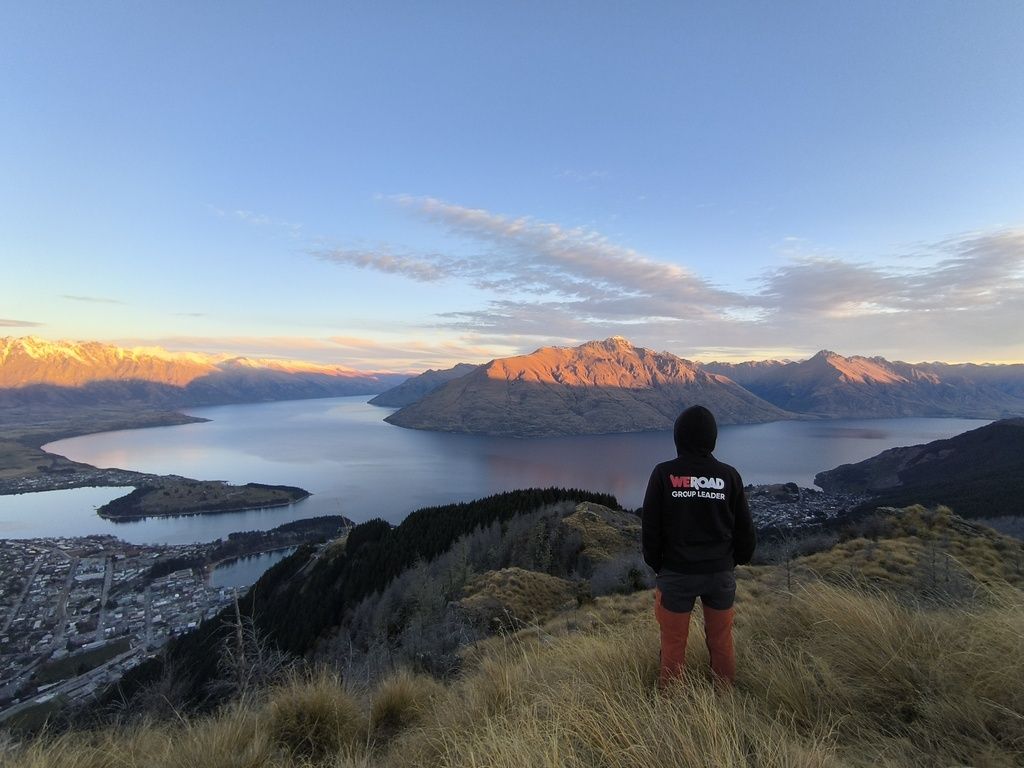
Ireland: a friendly, charming and secure destination
There are very few places in the world that rival Ireland for its genuine warmth and safety. City centres like Dublin, Galway and other cities, while busy, are small and easy to navigate, and it’s never far to “get away from it all” Ireland is a country where far-flung rural spots are within an 1hr drive of any city.
Public transport is reliable, walking routes are well signposted, and there are community-run visitor centres to ensure good local advice.
Warmth of culture means safety, and safety feels comfortable. Here, it’s not unusual for visitors to be sent down quieter routes, to have people warn them about not-so-great-places-to-park, and to suggest which local pubs are family-friendly. For those who value both security and atmosphere, Ireland delivers.
For a more curated experience, consider a guided group trip to Ireland that combines security with insider access to hidden gems.
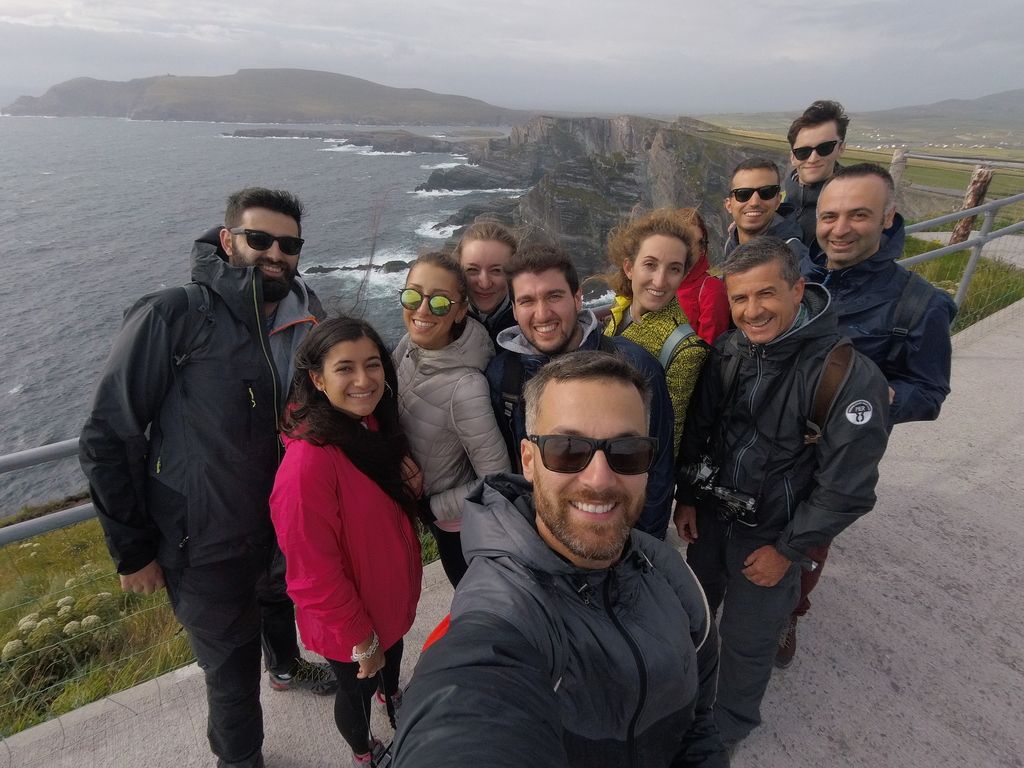
Denmark: high trust and a low crime rate
Denmark is a model of low crime, social trust, and well-designed cities. Urban planning ensures well-lit streets, clear signage, and inviting public spaces — ideal for solo travelers exploring by bike or on foot, even at night.
In coastal towns, trust is woven into daily life: unlocked bikes, relaxed public gardens, and casual community interactions. For solo travel in a safe environment, Denmark is an excellent choice.
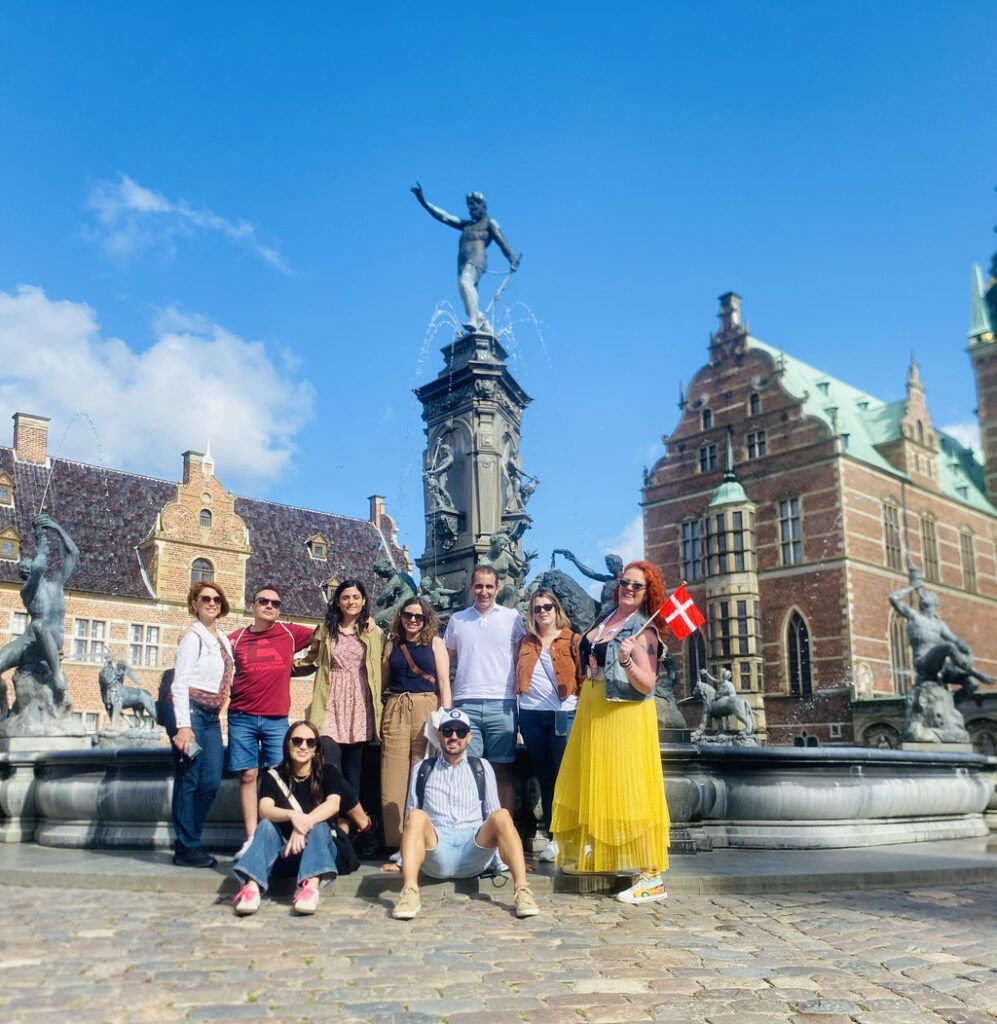
Switzerland: stability and stunning landscapes
Switzerland’s famed precision extends to its safety. Low crime, efficient transport, and excellent healthcare create a solid foundation for alpine adventures.
Rescue teams are well-trained, hiking routes are signposted, and infrastructure is reliable. Families, older travelers, and hikers alike can enjoy both city strolls and mountain treks with confidence.
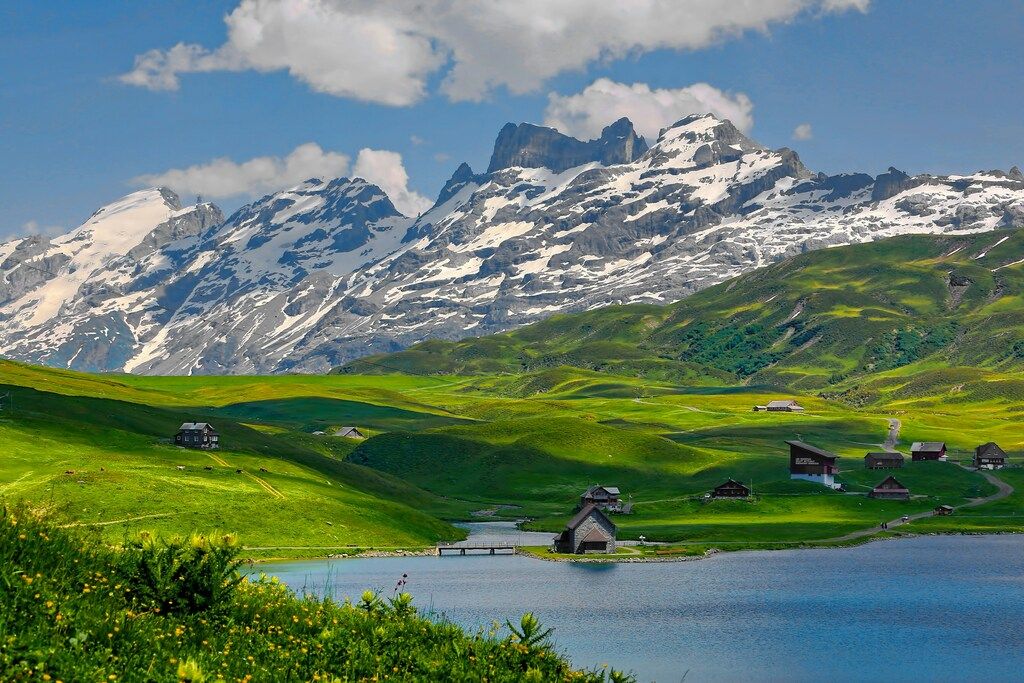
Portugal: safety and hospitality on the coast
Portugal continues to climb international safety rankings thanks to strong law enforcement and a culture of hospitality.
Lisbon, one of the safest cities for solo female travelers, is lively yet approachable, with well-lit streets and friendly locals. The Algarve adds sun and beaches without overwhelming crowds.
The mix of small-town warmth and city-level safety makes Portugal ideal for relaxed exploration. An organized trip to Portugal lets you share that warmth and friendliness with others.
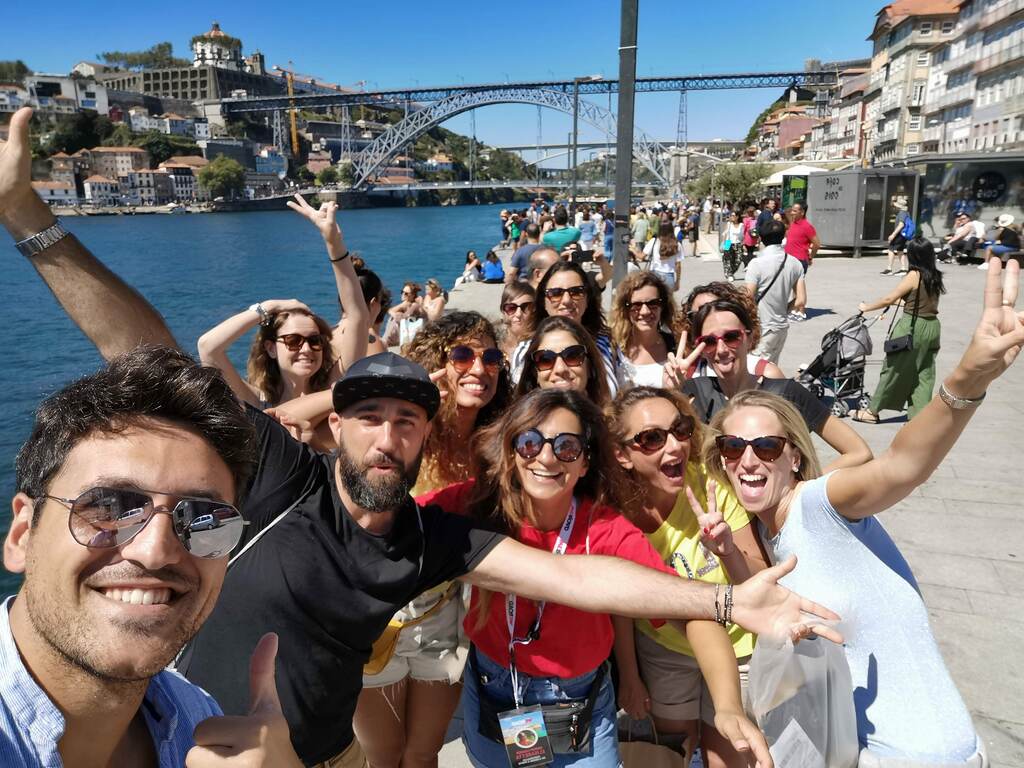
Japan: ultra-safe cities and unique culture
Japan is globally renowned for its low crime and respect-based culture. Lost items are often returned, trains run with precision, and public spaces are orderly and secure.
Japan’s environment is particularly reassuring — women and men travel late with low risk, and public spaces are exceptionally well-maintained. The country is also remarkably accessible for visitors with different needs, offering clearly marked assistance and transit aids. If you’d rather not explore alone, a group trip in Japan combines safety with cultural immersion in the company of new friends.
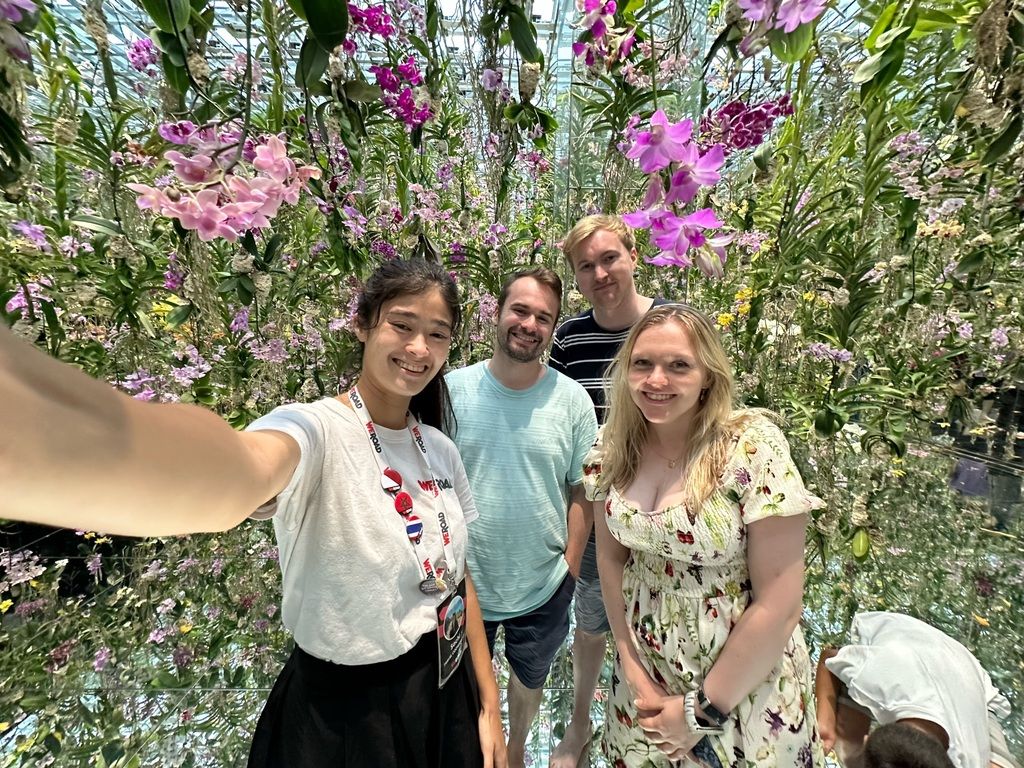
Norway: northern lights, fjords, and a peaceful society
Norway’s remote beauty comes with practical safety benefits: strong social services, competent emergency response, and low crime make it ideal for nature-first travellers. The fjords, coastal islands, and national parks are extraordinary but well-managed; signage, official guides, and accessible visitor centres make outdoor adventures approachable even for novices.
In winter, northern towns prepare extensively for cold and snow: road crews, well-stocked shelters, and local guidance keep travellers safe. It’s a destination that rewards curiosity and preparation in equal measure, and joining a group trip to Norway makes the experience even richer by sharing fjords, Northern Lights and nature walks with other adventurers.
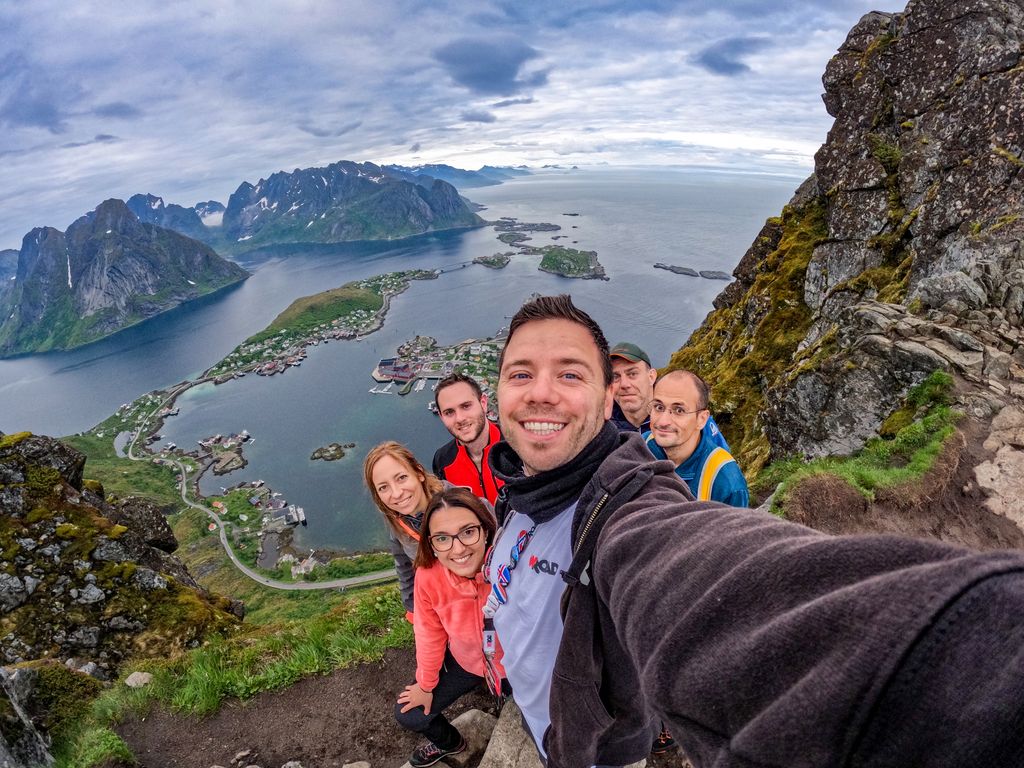
Safety insights by traveler type
Safety isn’t one-size-fits-all — what matters most can vary depending on how you travel. From solo adventurers to family explorers, here’s what to keep in mind for each type of traveller.
Solo female travelers:
If you’re mapping trips under the banner of safest countries for solo female travellers, the right combination of low crime, helpful public services, and social norms that respect personal space matters most.
Countries such as Iceland, Japan, New Zealand, Denmark, and Portugal offer these conditions. In practice, this means clear, safe public transit, visible and approachable police/community officers, local women’s travel networks, and a hospitality sector that takes safety seriously. Many hostels and guesthouses now offer single-gender dorms or female-only options, and local apps or community Facebook groups offer real-time advice to connect with other female travellers — great tools for building confidence on the road.
For step-by-step advice before you go, check our recommended solo travel tips for exploring alone.
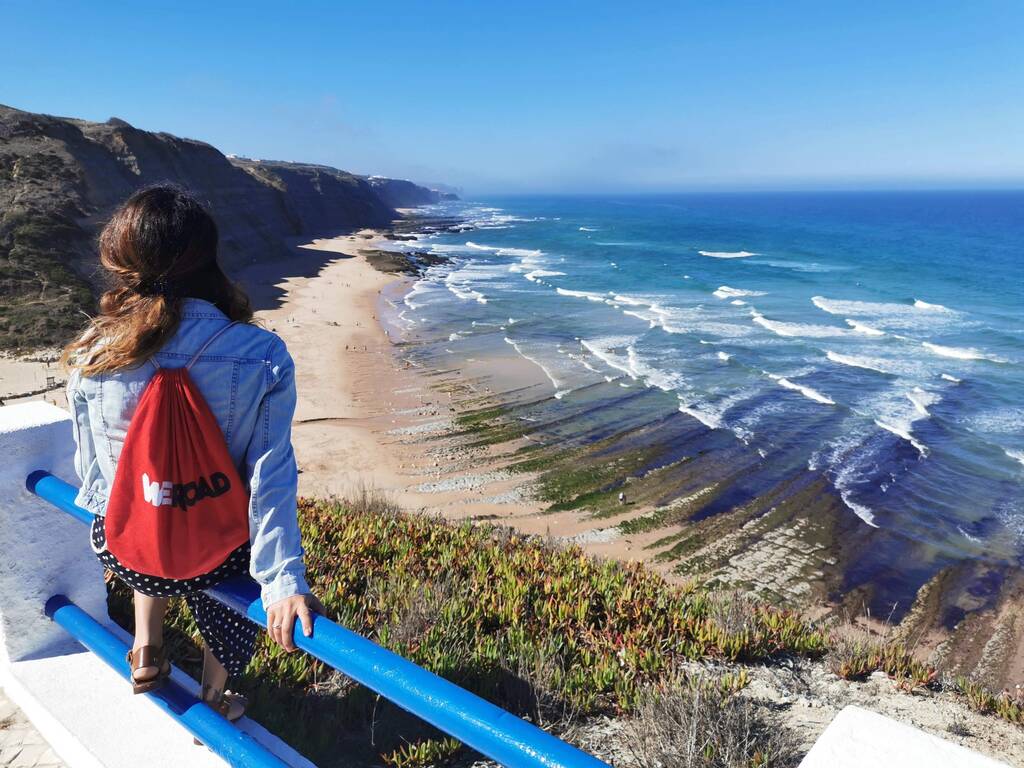
Young adults:
Young travellers want to strike a balance between nightlife, adventure, and safety. Nations like Portugal, Australia, and Thailand manage to offer vibrant social scenes and reliable backpacker infrastructure while maintaining generally safe environments. Good hostels, tourist police in major hubs, reputable tour operators, and clear transport options keep the risk manageable. Also, look for locations with strong community tourism — places where local guides know the safest routes and the best social venues.
Budget travelers:
Budget-conscious travellers often worry that cheap equals risky. Not true. Countries like Vietnam, Slovenia, and Costa Rica combine affordable costs with generally safe conditions. In these places, street food is both inexpensive and regulated enough to avoid major health issues, hostels and guesthouses are plentiful and reputable, and local transport options are well-used by both tourists and residents. If you prioritise value, choosing a destination that’s both inexpensive and secure can give you the best of both worlds.
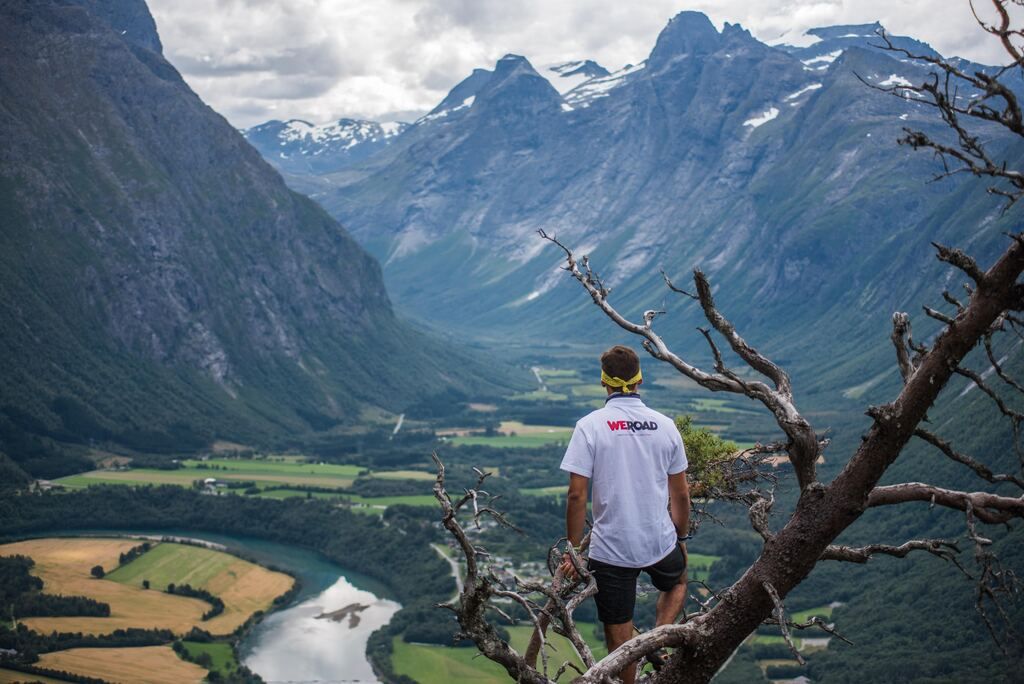
Essential travel safety tips for any destination
No trip is risk-free, but small habits cut risk dramatically. Below you’ll find practical travel safety tips that apply whether you’re headed to a Nordic capital or a tropical beach.
Stay informed: know the local laws and customs
Before departure, check official travel advisories and local rules. Different countries have different expectations — dress codes, public behaviour, and even simple etiquette can affect how you’re treated. Respecting local norms not only avoids trouble but often earns goodwill from locals who can become your best safety resource.
Protect your belongings: simple steps to prevent theft
Use a money belt or an inside-zip pocket for passports and cards. Keep bags zipped and wear them across your body in crowded areas. When using shared transport, tuck valuables into internal pockets rather than outer compartments. For longer stays, consider a lightweight portable safe or use your accommodation’s secure locker. These practical steps turn many common theft scenarios into non-events.
Secure your health: travel insurance and local medical resources
Good coverage is a must, especially when visiting remote areas or paying out-of-pocket for private hospitals. Compare policies that cover evacuation, pre-existing conditions if necessary, and adventure activities you plan to undertake. Search specifically for plans that cater to travel insurance safest countries, so you know your policy is relevant to the destinations you’ve chosen. Also carry a small, personalised medkit and a list of local emergency numbers and clinics.
Trust your instincts
No app replaces common sense. If a place or person makes you uneasy, remove yourself and seek a safe space. Travellers who listen to their gut often avoid the most common mishaps. Always let someone know your general plans — friend, family, or fellow travellers — and keep your device charged so you can call for help if you need it.
Extra practical pointers
- Make digital copies of important docs and keep them encrypted in the cloud.
- Learn a few polite phrases in the local language — “help,” “police,” and “thank you” go a long way.
- Know how to get local cash safely — use ATMs inside banks where possible.
- Check weather and seasonal advisories; natural hazards are a safety risk too.
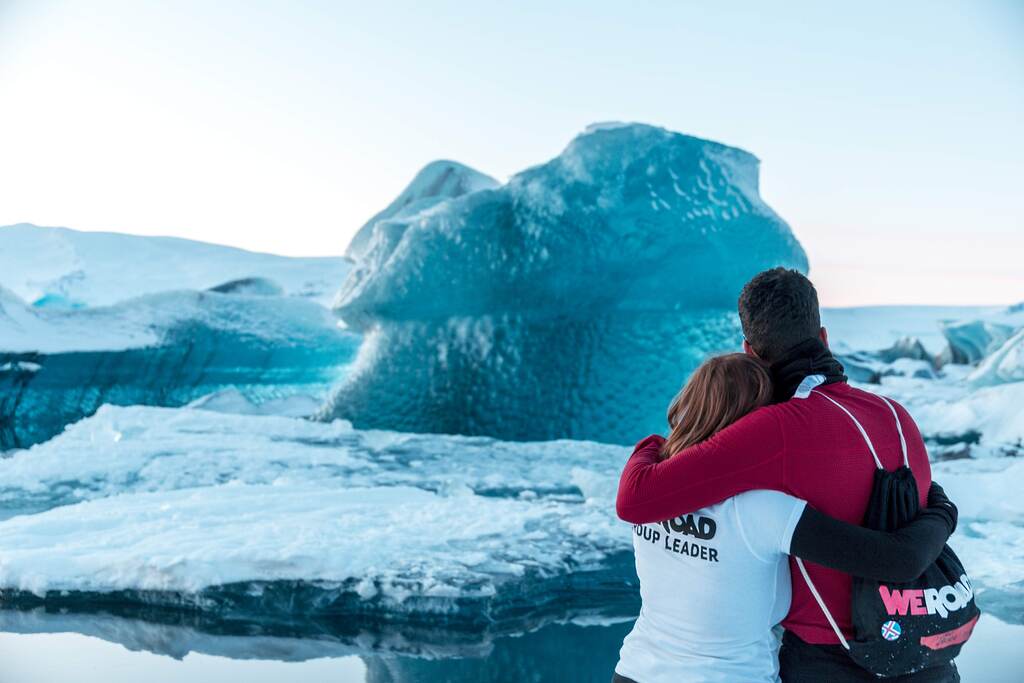
Travel with confidence: your adventure awaits
Safety is an important consideration, but it should never be the chain that keeps your travel dreams grounded. The countries covered in this guide combine strong official rankings with everyday practices that let you relax: clear signage, responsive emergency services, health infrastructure, and welcoming communities all add up to more enjoyable trips.
Choosing one of the safest countries in the world isn’t about avoiding risk, but about stacking the odds in your favor so you can try new foods, meet people, and explore off the beaten path with peace of mind.
Your next unforgettable journey is waiting. Plan carefully, pack wisely, trust your instincts, and head out knowing you’ve chosen destinations and habits that support safe and joyful travel. The world is ready — and more welcoming than you might expect.

